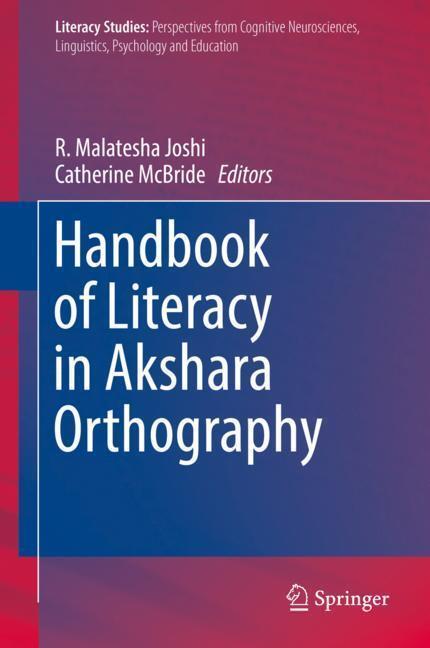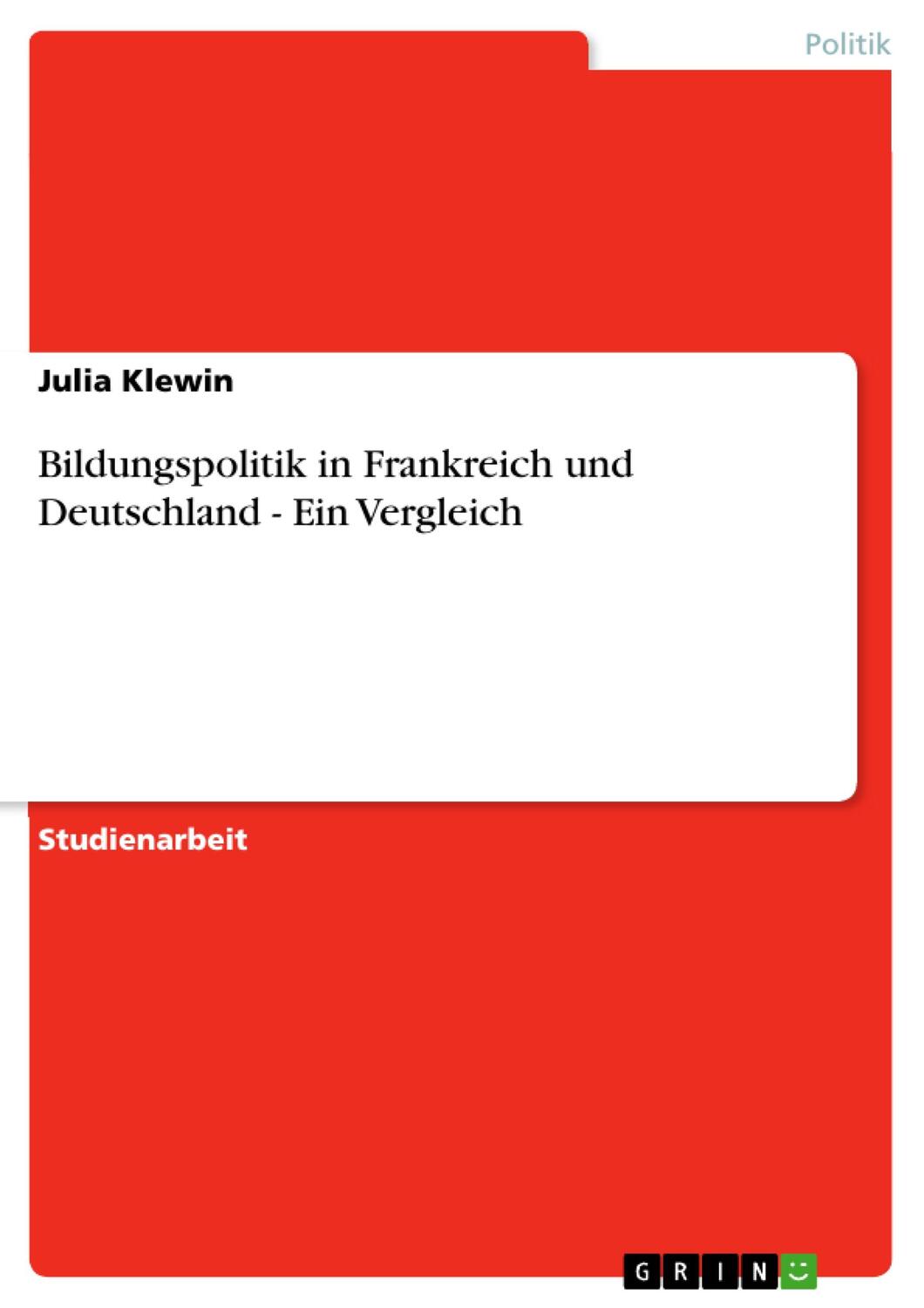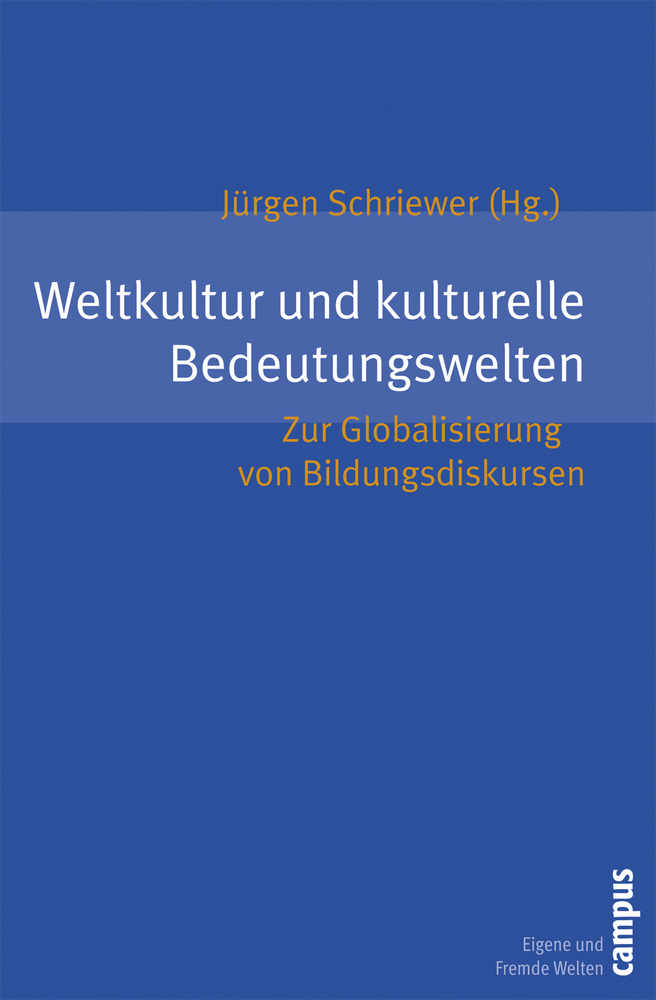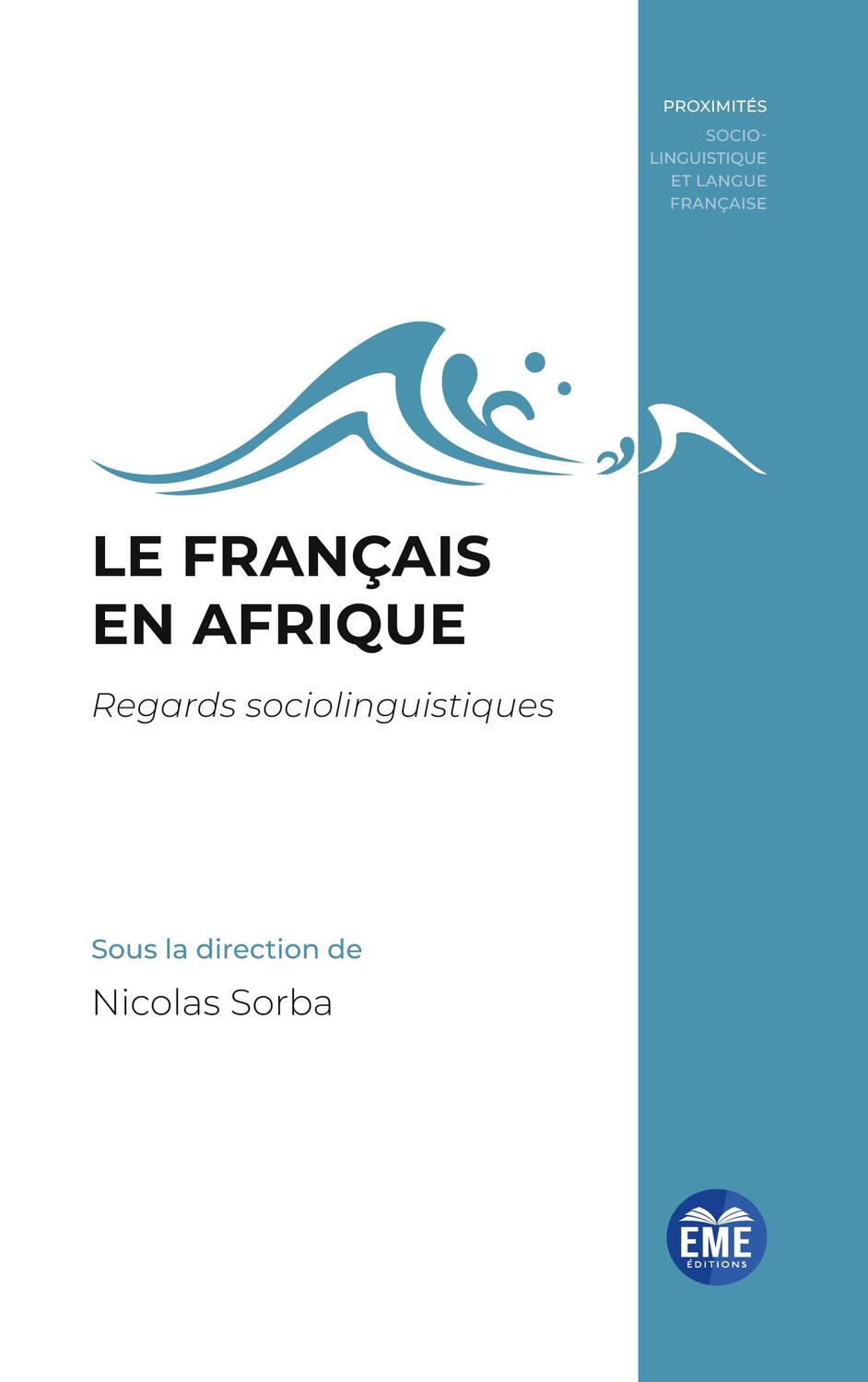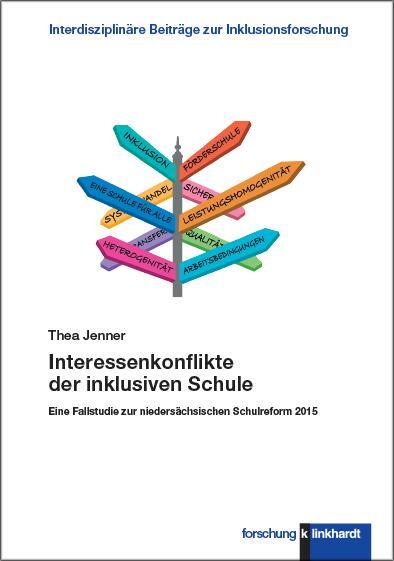106,99 €*
Versandkostenfrei per Post / DHL
Aktuell nicht verfügbar
Akshara is used in several Indic languages, each calling it by a slightly different name, for example 'aksharamu', in Telugu, 'akshara' in Kannada, and 'akshar' in Hindi. It is the Bhrami-derived orthography used across much of the Indian subcontinent. There is a growing body of research on the psycholinguistic underpinnings of learning to read akshara, and the emerging perspective is that akshara, even though classified as alphasyllabaries, abugida, and semi-syllabic writing systems, is neither alphabetic norsyllabic. Rather, akshara orthography is unique and deserves to be a separate classification and needs further investigation relating to literacy acquisition in akshara. The chapters in this volume, written by leading authors in the field, will inform the reader of the current research on akshara in a coherent and systematic way.
Akshara is used in several Indic languages, each calling it by a slightly different name, for example 'aksharamu', in Telugu, 'akshara' in Kannada, and 'akshar' in Hindi. It is the Bhrami-derived orthography used across much of the Indian subcontinent. There is a growing body of research on the psycholinguistic underpinnings of learning to read akshara, and the emerging perspective is that akshara, even though classified as alphasyllabaries, abugida, and semi-syllabic writing systems, is neither alphabetic norsyllabic. Rather, akshara orthography is unique and deserves to be a separate classification and needs further investigation relating to literacy acquisition in akshara. The chapters in this volume, written by leading authors in the field, will inform the reader of the current research on akshara in a coherent and systematic way.
Offers a systemic and coherent overview of recent research findings and orientation on akshara, an hitherto underexplored orthography
Contains contributions by well-known researchers
Covers languages spoken by approximately one third of the world's population
| Erscheinungsjahr: | 2019 |
|---|---|
| Fachbereich: | Didaktik/Methodik/Schulpädagogik/Fachdidaktik |
| Genre: | Erziehung & Bildung |
| Rubrik: | Sozialwissenschaften |
| Medium: | Buch |
| Seiten: | 400 |
| Reihe: | Literacy Studies |
| Inhalt: |
ix
388 S. 1035 s/w Illustr. 388 p. 1035 illus. |
| ISBN-13: | 9783030059767 |
| ISBN-10: | 3030059766 |
| Sprache: | Englisch |
| Herstellernummer: | 978-3-030-05976-7 |
| Ausstattung / Beilage: | HC runder Rücken kaschiert |
| Einband: | Gebunden |
| Redaktion: |
Mcbride, Catherine
Joshi, R. Malatesha |
| Herausgeber: | R Malatesha Joshi/Catherine McBride |
| Auflage: | 1st ed. 2019 |
| Hersteller: |
Springer International Publishing
Springer International Publishing AG Literacy Studies |
| Maße: | 241 x 160 x 27 mm |
| Von/Mit: | Catherine Mcbride (u. a.) |
| Erscheinungsdatum: | 19.06.2019 |
| Gewicht: | 0,764 kg |
Offers a systemic and coherent overview of recent research findings and orientation on akshara, an hitherto underexplored orthography
Contains contributions by well-known researchers
Covers languages spoken by approximately one third of the world's population
| Erscheinungsjahr: | 2019 |
|---|---|
| Fachbereich: | Didaktik/Methodik/Schulpädagogik/Fachdidaktik |
| Genre: | Erziehung & Bildung |
| Rubrik: | Sozialwissenschaften |
| Medium: | Buch |
| Seiten: | 400 |
| Reihe: | Literacy Studies |
| Inhalt: |
ix
388 S. 1035 s/w Illustr. 388 p. 1035 illus. |
| ISBN-13: | 9783030059767 |
| ISBN-10: | 3030059766 |
| Sprache: | Englisch |
| Herstellernummer: | 978-3-030-05976-7 |
| Ausstattung / Beilage: | HC runder Rücken kaschiert |
| Einband: | Gebunden |
| Redaktion: |
Mcbride, Catherine
Joshi, R. Malatesha |
| Herausgeber: | R Malatesha Joshi/Catherine McBride |
| Auflage: | 1st ed. 2019 |
| Hersteller: |
Springer International Publishing
Springer International Publishing AG Literacy Studies |
| Maße: | 241 x 160 x 27 mm |
| Von/Mit: | Catherine Mcbride (u. a.) |
| Erscheinungsdatum: | 19.06.2019 |
| Gewicht: | 0,764 kg |

